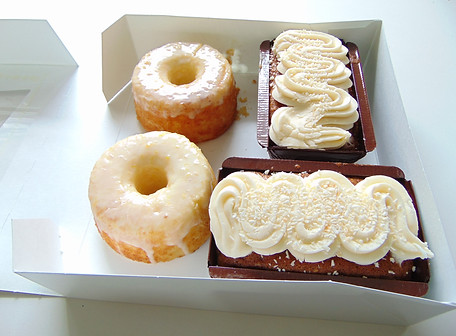




In the competitive world of culinary arts, Research and Development (R&D) in recipe development and research play a pivotal role. It involves a systematic approach to creating new food products, enhancing existing recipes, and ensuring they meet the highest standards of quality, taste, and safety. This process is a blend of creativity, science, and consumer insight, aimed at satisfying ever-evolving market demands.
R&D in recipe development is crucial for several reasons. It drives innovation, enabling food companies and chefs to introduce novel dishes and products that appeal to consumers' changing tastes and preferences. Furthermore, it ensures product consistency, quality control, and compliance with health and safety regulations. R&D also aids in cost management by optimizing ingredient usage and production processes.
The Importance of R & D
Research & Development
Chef

The Process of R & D Recipe Development
1. Ideation and Concept Development
The first stage involves brainstorming and conceptualizing new recipes. Market research, consumer trends, and culinary creativity drive this phase. Chefs and food scientists collaborate to generate ideas that align with the target audience's preferences and nutritional needs.
2. Ingredient Selection and Sourcing
Once the concept is finalized, selecting the right ingredients is the next step. This involves sourcing high-quality, sustainable, and cost-effective ingredients. The choice of ingredients can significantly impact the final product's flavor, texture, and nutritional profile.
3. Prototype Development
Sensory evaluation is an essential process in which prototypes undergo taste tests conducted by a panel of experts and potential consumers. During this evaluation, feedback is collected on key attributes like flavor, aroma, texture, and overall acceptability. This valuable insight helps pinpoint areas requiring enhancement, ensuring the final product meets consumer expectations.
5. Nutritional Analysis and Labeling
After the recipe is fine-tuned, a nutritional analysis is conducted to determine its caloric content, macronutrients, and micronutrients. Accurate labeling is essential to provide consumers with the necessary information about the product's nutritional value and to comply with regulatory requirements.
6. Shelf-Life Testing
Shelf-life testing is performed to assess the stability and longevity of the product. This involves subjecting the recipe to different storage conditions and monitoring any changes in quality, safety, or sensory attributes over time. Ensuring an adequate shelf life is crucial for both consumer safety and satisfaction.
7. Scale-Up and Commercialization
Once the recipe passes all evaluations, it is scaled up for commercial production. This involves adjusting the recipe for large-scale manufacturing while maintaining its quality and consistency. The final step is launching the product in the market with effective marketing and distribution strategies.

Retainer Fee
1 Recipe for Commercial Use *$3800
*Includes (16) Photographs
Deposit required.
Timeline: 4 weeks.


Product Spark: Idea to Aisle
Do you have a Recipe you would like to develop and Scale?
Ideation and Concept Development
The first stage involves brainstorming and conceptualizing new recipes. This phase is driven by market research, consumer trends, and culinary creativity. We offer recipe development and testing along with other services.
Please email for more details.
BECOME A GOLD MEMBER TODAY!
Become a Member, purchase a Program or Service, and be featured on this website for the entire year! This is an affordable way to promote your service business.

_JPG.jpg)




_JPG.jpg)





